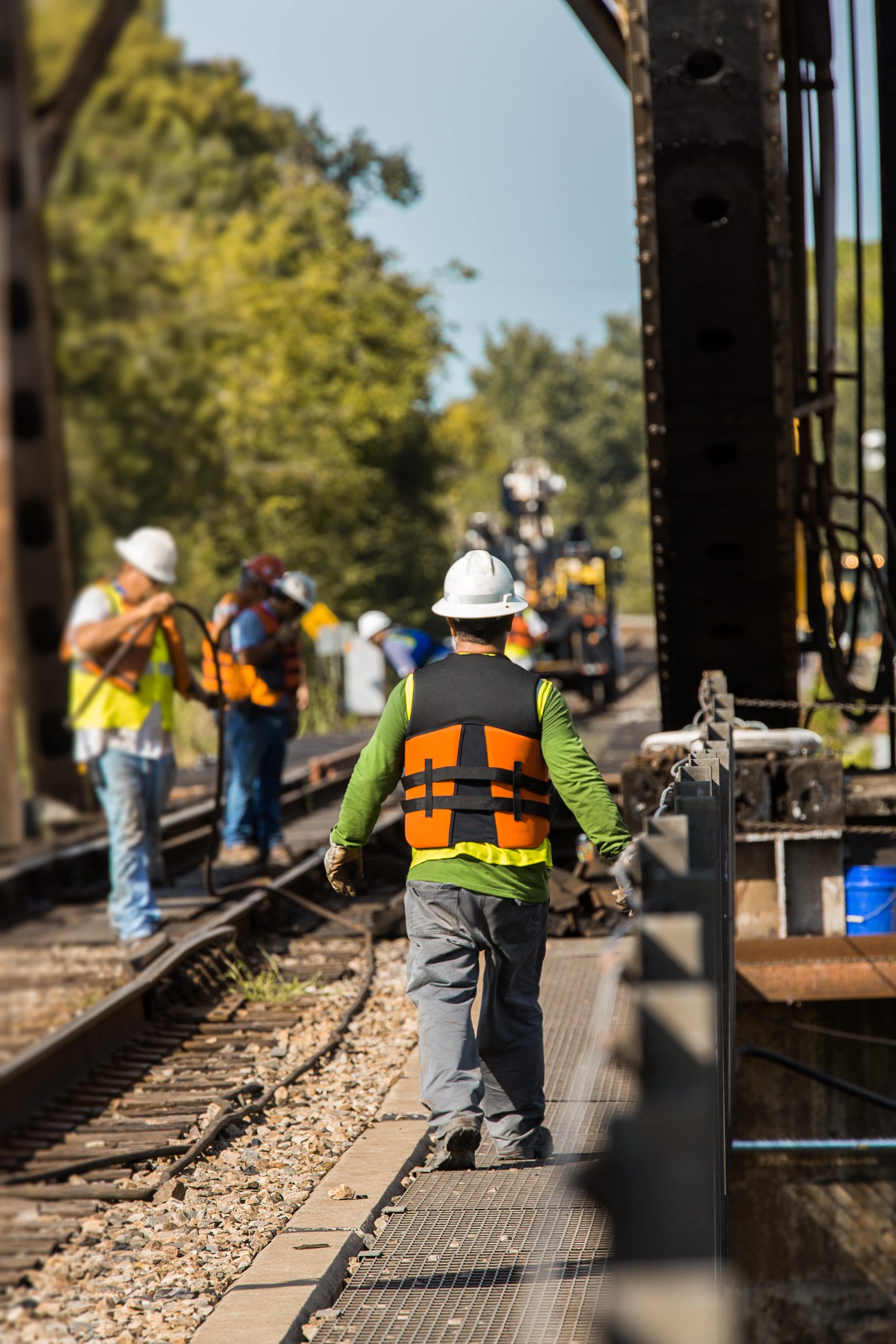A Journey Back In Time What People Said About Railroad Cancer Lawsuit Settlements Options 20 Years Ago
Railroad Cancer Lawsuit Settlements Options
Over the last few years, the issue of railroad worker health has actually pertained to the leading edge of legal and public conversations. As more workers rise up against the industry giants responsible for their health declines, particularly from cancer, railroad cancer lawsuits are becoming increasingly common. This blog post looks for to inform readers about the different options for settlements in railroad cancer lawsuits, providing detailed insights into the claims process, prospective damages, and important FAQs for those impacted.
Understanding Railroad Cancer Lawsuits
Railroad workers are typically exposed to hazardous substances such as asbestos, diesel exhaust, and other carcinogenic materials during their employment. Railroad Cancer Attorneys to extended exposure, lots of workers have developed serious health issues, consisting of various kinds of cancer. To obtain justice, these workers typically submit lawsuits versus railroad business, seeking compensation for medical expenses, discomfort and suffering, and other associated costs.
Secret Causes of Action
When pursuing a railroad cancer lawsuit, employees usually utilize the following legal arguments:
- Negligence: Claiming that the railroad business failed to provide a safe working environment.
- FELA Claims: Under the Federal Employers Liability Act (FELA), railroad employees can sue for injuries brought on by the railroad's neglect.
- Asbestos Lawsuits: For those who were exposed to asbestos and developed lung cancer or mesothelioma, particular lawsuits can be filed against manufacturers and suppliers of these materials.
Let's dive deeper into prospective settlement options for those pursuing legal action.
Prospective Settlement Options
When it comes to railroad cancer lawsuits, plaintiffs have numerous options for settlements. Settlements can be worked out based upon the proof, the level of health problem, and the specifics of each case. Here's a breakdown of the primary settlement options:
1. Structured Settlements
Structured settlements provide a long-lasting payment strategy for compensation instead of a single swelling sum. This can be beneficial for those dealing with persistent health conditions that require continuous medical treatment.
Benefits
Disadvantages
Surefire income with time
May limit access to funds immediately
Can address long-lasting care expenses
May have tax implications
Lowers threat of mishandling funds
Less flexibility for instant needs
2. Swelling Sum Settlements
A swelling sum settlement offers the complainant all compensation at the same time. This alternative permits for instant monetary relief however includes the danger of mismanagement.
Advantages
Disadvantages
Immediate money inflow
Danger of mismanagement
Releases the plaintiff from future claims
Prospective for bigger tax liability
Flexibility in costs
No future financial security ensured
3. Settlement Packages
Some railroad business may offer packages covering future medical expenses, lost earnings, or trade training. These thorough settlements are created to totally attend to the requirements of the impacted worker.
Advantages
Downsides
Comprehensive coverage for different needs
May require the plaintiff to sign waivers
Can offer security for future costs
Might be less than possible full compensation
Healthy relationship with the employer
May not offer instant cash
Elements Influencing Settlements
The amount granted in a settlement depends on a number of aspects, consisting of however not restricted to:
- Severity of Illness: The more advanced the cancer and associated treatments, the higher the compensation might be.
- Duration of Employment: Longer exposure periods frequently reinforce the case versus companies.
- Medical Costs: Consideration of continuous medical expenses and future treatment strategies add to the settlement evaluation.
- Evidence of Negligence: Documented proof of company neglect can significantly influence settlement size.
- State Laws: Variations in state law can figure out possible compensation and types of offered claims.
Often Asked Questions (FAQ)
1. The length of time does it normally take to settle a railroad cancer lawsuit?
The timeline for settlement varies widely. Cases can take months or even years to deal with, depending upon the complexity of the case, the types of proof presented, and court schedules.
2. What should I do if I suspect my cancer is related to my work as a railroad staff member?
If you suspect a connection, it's important to consult with a medical professional for diagnosis and treatment. In addition, looking for legal advice from a lawyer experienced in FELA claims or railroad lawsuits can help you comprehend possible legal options.
3. Exist any specific due dates for submitting a railroad cancer lawsuit?
Yes, each state has its statute of restrictions for submitting personal injury claims. It's necessary to speak with an attorney to understand the due dates appropriate to your case.
4. Can I file a lawsuit as a former employee?
Yes, former employees still deserve to submit lawsuits for health problems associated with their previous employment, as long as it is within the suitable statute of restrictions.
5. Will my case go to trial or settle out of court?
Lots of railroad cancer lawsuits settle out of court to prevent prolonged trials. Nevertheless, some cases may need a trial if a fair settlement can not be reached.
Navigating the world of railroad cancer lawsuits can be intricate and mentally taxing. Comprehending the prospective settlement options— together with the aspects that influence them— can empower affected workers to make educated choices concerning their claims.
Despite the course taken, talking with specialized legal professionals is essential to ensure that rights are protected and sufficient compensation is pursued for those suffering due to risky working conditions. Ultimately, justice is not simply about compensation however guaranteeing that more secure practices are implemented within the industry, consequently safeguarding future railroad employees from similar fates.
